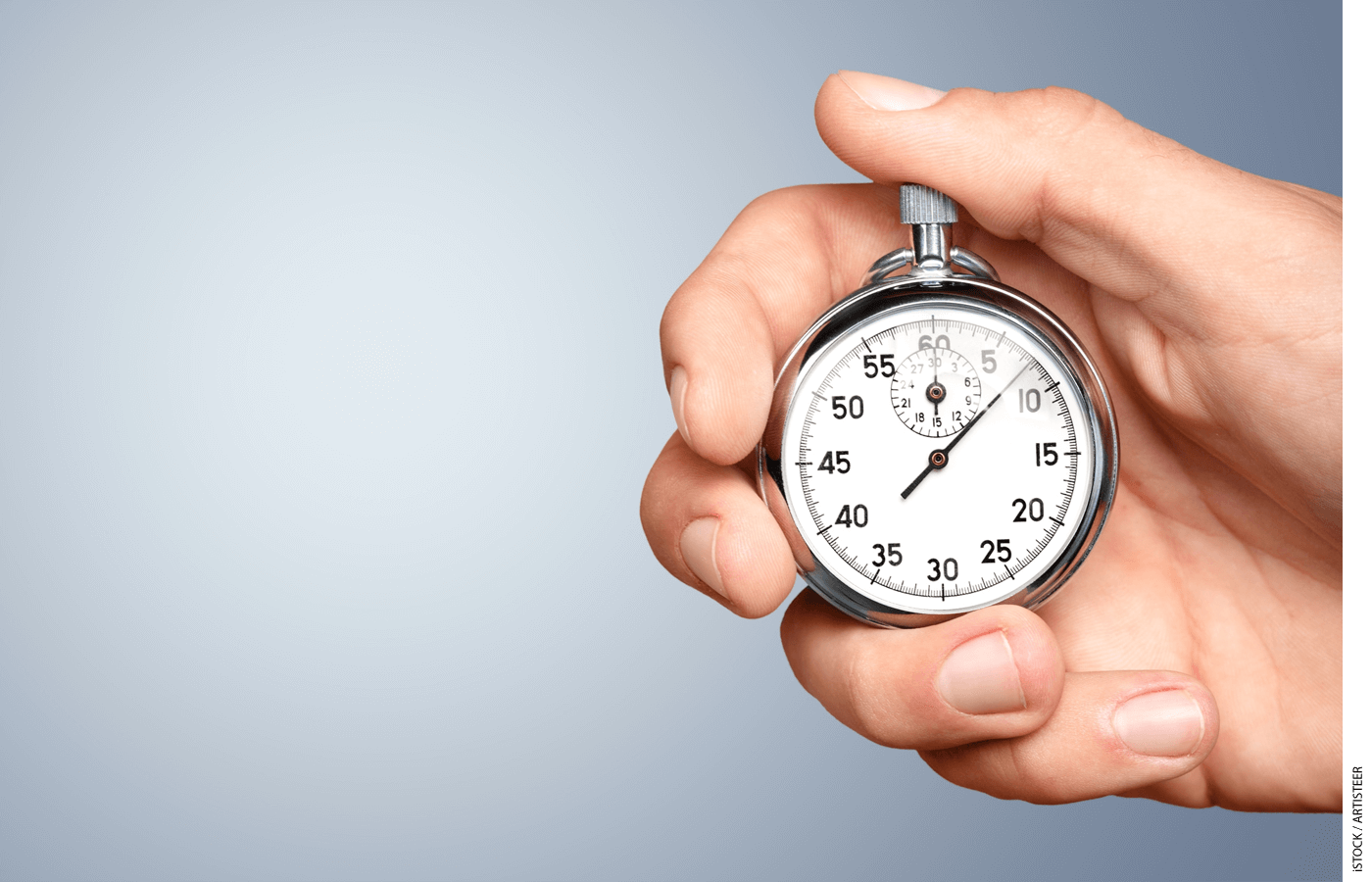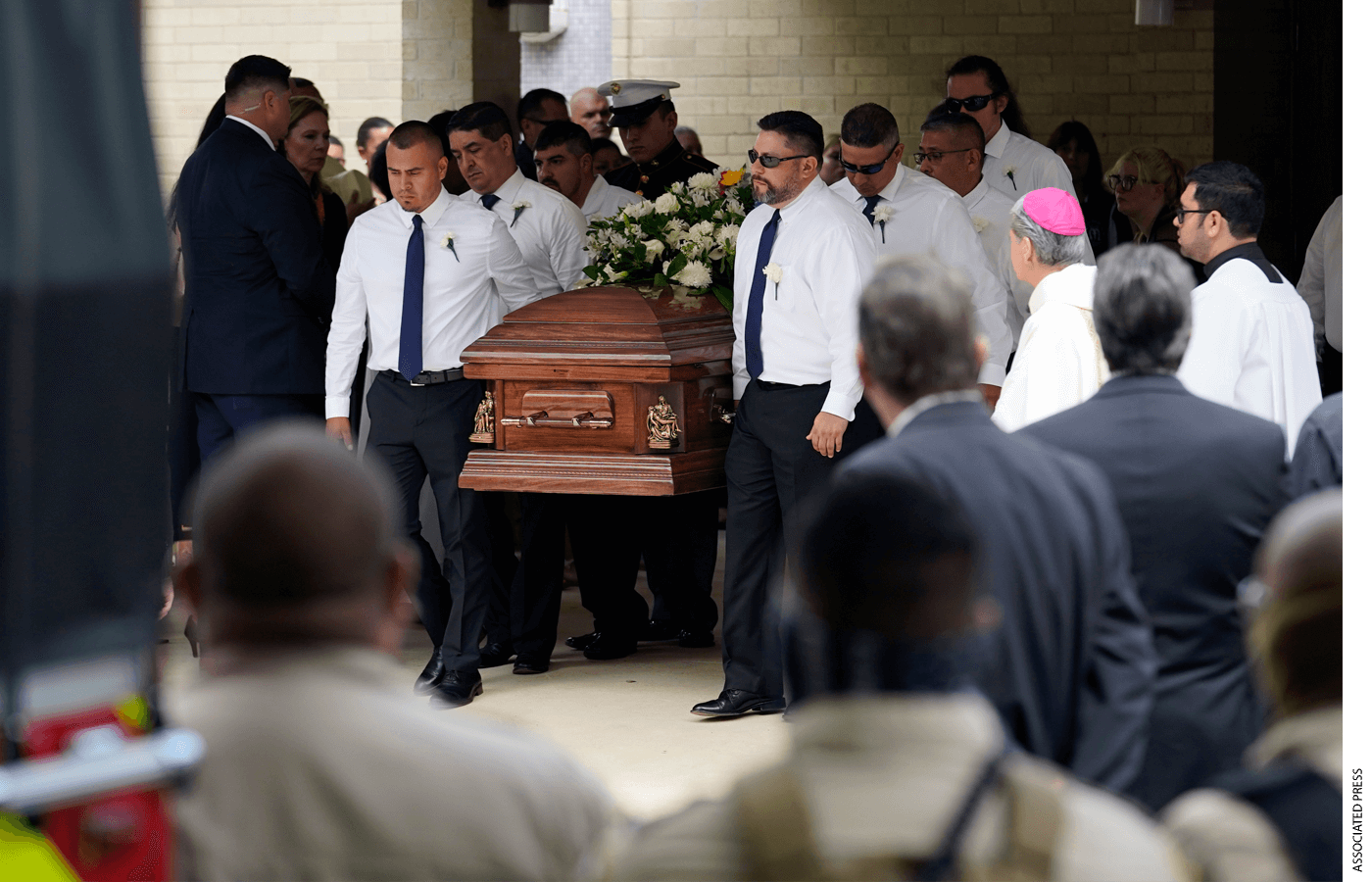
In schools, it can feel like there’s never enough time. Even though American students spend as much or more time in school as their peers around the globe (a fact that’s not widely known), valuable units, lessons, conversations, and projects are always running into time constraints.
Teachers, for instance, articulate a clear set of priorities for which they wish they had more time. Last year, the Merrimack College Teacher Survey reported that 29 percent of teachers said they wanted more planning time, 28 percent wanted more actual teaching time, and 17 percent more time to collaborate with colleagues. Meanwhile, they wanted to spend less time on administrative tasks, nonteaching student interaction, and professional development.
As I note in The Great School Rethink, one of the persistent problems in doing anything about this is that school and system leaders don’t have a clear sense of where time goes. It’s really kind of remarkable that, even in schools which tout themselves as “data-driven,” I’m met with blank looks when I ask about their data tracking time utilization. It’s just not something that schools focus on.
And that’s nuts, because time is the most valuable commodity that schools have.
Those hundreds of billions that schools spend a year on salaries and benefits? They’re buying time. Those 15,000 hours that students spend in K-12 schools during their formative years? That’s time. Time is a school’s most precious resource. Leaders need to ensure that it’s used wisely and well.
On this count, there’s an obvious and extraordinarily useful tool that has hardly been used over the past 20 years: the time diary. Heck, back in 2003, researchers at Columbia University and the University of Maryland published an invaluable study examining how elementary students actually spent their school day. It’s a study I’d expect to see repeated dozens of times a year. Bizarrely, it isn’t.
The researchers sent a questionnaire, time diary, and parent sign-off form to the teachers of each of the 553 elementary school students included in the study. On a randomly selected school day, teachers filled out time diaries that documented how the students spent their time. Teachers tracked when each activity began, when it ended, and what the students did.
The researchers grouped activities into four categories: academic, enrichment, recess, and maintenance. “Academic” included time devoted to content-based subjects (including testing and field trips). “Enrichment” included curricular offerings that weren’t part of the traditional academic curriculum, like art and health. “Recess” included playtime, hanging out, and breaks, while “maintenance” included other nonlearning, housekeeping activities like homeroom and lining up.
The average elementary student’s school day spanned six hours and 35 minutes, of which 64 percent was devoted to academic-subject activities. Of the remainder, maintenance activities took up 15 percent, enrichment 12 percent, and recess 7 percent.
Notably, when school days were longer, the share of the day devoted to academics shrunk. Dividing the students into groups based on the length of their school day, the researchers found that students with a seven-hour day wound up with just 29 minutes more academic time than those with a six-hour day. In short, less than half of the added hour was devoted to academic instruction.
It’s easy to imagine that “more school time” is shorthand for “more learning.” That happens all the time when public officials talk about lengthening the school year or a school day. But the truth is, an hour of schooling can yield a lot of learning—or none at all.
This is an exercise well worth replicating in your school or system. Have staff keep their own time diary for a day, tracking all that happens during the school day (including prep time, what they’re doing between classes, and what’s happening in class). Since it’s tricky for teachers to track themselves during class, it’s useful to do this in pairs with teaching colleagues or other staff. For tracking, I usually recommend a simple three-column template: one column measures how many minutes were devoted to an activity; the second briefly describes the activity; and the third categorizes the activity as academic, enrichment, recess, or maintenance.
While teachers and administrators tend to think they already have a good sense of how time gets used, I’ve found that they often don’t. This kind of exercise can help spark overdue conversations about where time is going and what ought to change.
Frederick Hess is director of education policy studies at the American Enterprise Institute and an executive editor of Education Next.
This post originally appeared on Rick Hess Straight Up.





